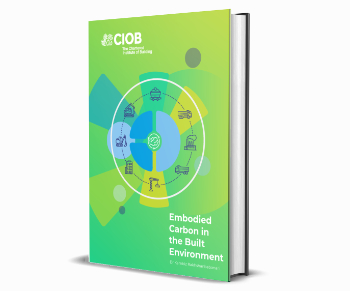Unveiling the Timeless Beauty and Cultural Richness of Moroccan Tiles
In the world of interior design, certain elements transcend time, weaving tales of tradition, culture, and artistic expression. Amongst these enduring treasures are Moroccan tiles, cherished for their intricate patterns, vibrant colours, and rich history. From humble beginnings in the ancient cities of Morocco to gracing the most luxurious of modern spaces, Moroccan tiles continue to captivate hearts and minds across the globe.
A Tapestry of Tradition:
Moroccan tiles, also known as Zellige tiles, trace their origins back to the 10th century when they first adorned the walls, floors, and ceilings of mosques, palaces, and traditional Moroccan homes. Crafted by skilled artisans using age-old techniques passed down through generations, each tile tells a story of cultural heritage and craftsmanship.
Artistry in Every Detail:
What sets Moroccan tiles apart is their exquisite craftsmanship and intricate geometric patterns. From mesmerising mosaics to mesmerising arabesques, each design is a testament to the artistry and ingenuity of Moroccan artisans. These patterns are not just decorative; they often carry symbolic meanings, representing aspects of Moroccan culture, religion, and history.
A Kaleidoscope of Colours:
One of the defining characteristics of Moroccan tiles is their vibrant colour palette. From earthy terracotta to vivid blues, greens, and yellows, Moroccan tiles celebrate the rich hues of the Mediterranean landscape. These colours are achieved through natural pigments and glazes, giving each tile a unique depth and lustre that only improves with age.
Versatility and Adaptability:
While rooted in tradition, Moroccan tiles have evolved to embrace modern design sensibilities, making them a versatile choice for contemporary spaces. Whether adorning the walls of a bohemian-inspired living room or adding a pop of colour to a sleek modern kitchen, Moroccan tiles effortlessly bridge the gap between the past and the present.
A Sustainable Choice:
In an age where sustainability is paramount, Moroccan tiles shine as a eco-friendly option. Made from natural materials such as clay, sand, and water, and crafted using traditional techniques that minimise waste, Moroccan tiles are not only environmentally friendly but also built to last a lifetime.
Bringing Moroccan Magic Home:
In recent years, Moroccan tiles have enjoyed a resurgence in popularity, finding their way into homes, hotels, restaurants, and spas around the world. Their timeless beauty, cultural significance, and versatility make them a beloved choice for designers and homeowners alike, adding warmth, character, and a touch of exoticism to any space.
Embrace the Beauty of Moroccan Tiles:
As we journey through the rich tapestry of design history, Moroccan tiles stand as a testament to the enduring allure of tradition, craftsmanship, and cultural heritage. Whether you're drawn to their intricate patterns, vibrant colors, or timeless elegance, Moroccan tiles invite us to embrace the beauty of the past while celebrating the possibilities of the future. So why not add a touch of Moroccan magic to your space and let these exquisite tiles transport you to a world of timeless beauty and cultural richness.
Featured articles and news
ECA digital series unveils road to net-zero.
Retrofit and Decarbonisation framework N9 launched
Aligned with LHCPG social value strategy and the Gold Standard.
Competence framework for sustainability
In the built environment launched by CIC and the Edge.
Institute of Roofing members welcomed into CIOB
IoR members transition to CIOB membership based on individual expertise and qualifications.
Join the Building Safety Linkedin group to stay up-to-date and join the debate.
Government responds to the final Grenfell Inquiry report
A with a brief summary with reactions to their response.
A brief description and background to this new February law.
Everything you need to know about building conservation and the historic environment.
NFCC publishes Industry White Paper on Remediation
Calling for a coordinated approach and cross-departmental Construction Skills Strategy to manage workforce development.
'who blames whom and for what, and there are three reasons for doing that: legal , cultural and moral"
How the Home Energy Model will be different from SAP
Comparing different building energy models.
Mapping approaches for standardisation.
UK Construction contract spending up at the start of 2025
New construction orders increase by 69 percent on December.
Preparing for the future: how specifiers can lead the way
As the construction industry prepares for the updated home and building efficiency standards.
Embodied Carbon in the Built Environment
A practical guide for built environment professionals.
Updating the minimum energy efficiency standards
Background and key points to the current consultation.
Heritage building skills and live-site training.
























Comments
https://www.designingbuildings.co.uk/wiki/Marketing_opportunities_on_Designing_Buildings
https://www.designingbuildings.co.uk/wiki/Editorial_policy
https://www.designingbuildings.co.uk/wiki/Page_about_me